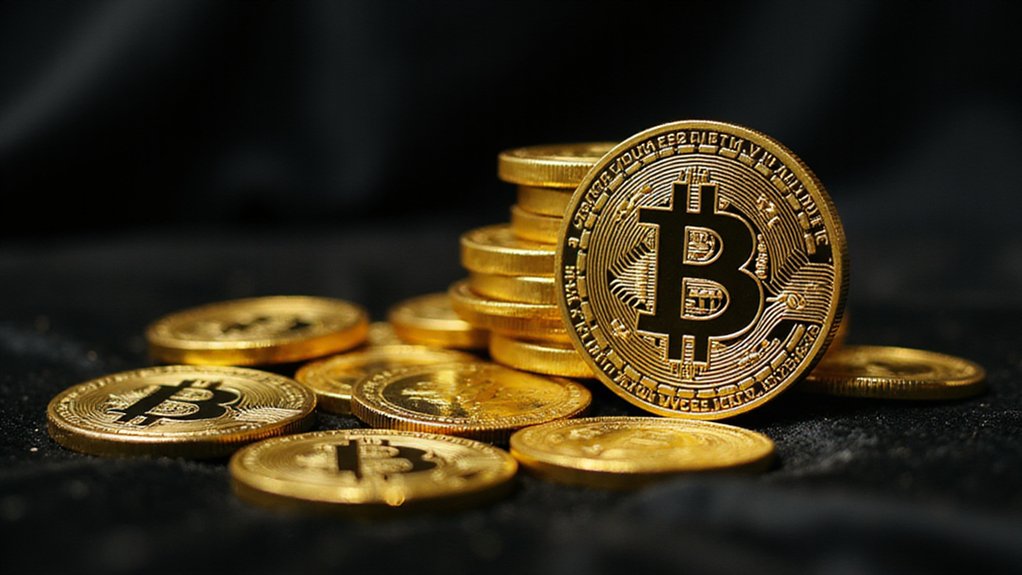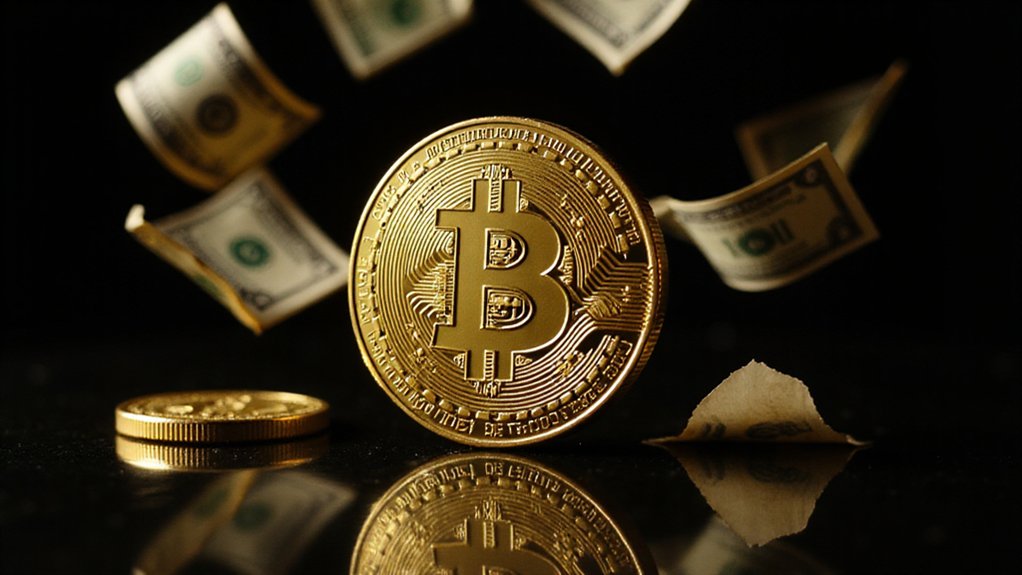While traditional finance titans built their empires through decades of meticulous corporate maneuvering and institutional gatekeeping, a new breed of billionaire has emerged from the digital ether with a speed that would make even the most seasoned Wall Street veteran question the fundamental nature of wealth creation itself.
Zhao Changpeng, better known as CZ, exemplifies this phenomenon with his $63-65 billion fortune anchored by Binance’s dominance in cryptocurrency exchange markets. His ascent mirrors the broader trajectory of crypto wealth—a combination of early positioning, technological insight, and what can only be described as extraordinary timing. Despite facing money laundering charges and legal settlements totaling billions, his 90% ownership of Binance remains the foundation of his extraordinary wealth.
Giancarlo Devasini’s $22.4 billion Bitcoin accumulation strategy demonstrates how straightforward asset concentration (admittedly with considerable risk tolerance) can generate generational wealth within a single economic cycle.
The corporate integration approach has proven equally lucrative. Michael Saylor’s MicroStrategy gambit—accumulating 193,000 Bitcoin through his public company while personally holding 17,732 more—transformed a struggling software firm into a de facto Bitcoin treasury operation, yielding him $7.6 billion in net worth. This shift toward institutional adoption reflects the broader movement of cryptocurrency from speculative trading into corporate treasury strategies.
Brian Armstrong’s Coinbase trajectory followed a more traditional Silicon Valley playbook, with his 19% equity stake reaching $7.8 billion as the exchange achieved public market validation. The approval of spot Bitcoin ETFs has further accelerated institutional demand, creating additional tailwinds for exchange platforms and their founders.
Early infrastructure builders capitalized on foundational positioning within the ecosystem. Jed McCaleb’s journey from Mt. Gox creation to Ripple co-founding culminated in a methodical $2.9 billion windfall through strategic XRP liquidation by 2022.
Tim Draper’s venture capital acumen, applied to nascent blockchain technologies, generated approximately $2 billion while Joe Lau and Nikil Viswanathan each accumulated $1.5 billion through blockchain infrastructure development.
The collective $164 billion wealth concentration among Forbes’ sixteen crypto billionaires represents more than statistical curiosity—it signals cryptocurrency’s shift from speculative experiment to legitimate asset class capable of generating institutional-grade fortunes.
These individuals didn’t merely participate in market appreciation; they constructed the foundational infrastructure, exchange mechanisms, and adoption frameworks that enabled crypto’s mainstream integration. Their wealth reflects not just fortunate timing, but the economic value creation inherent in building entirely new financial systems from computational possibility into trillion-dollar market reality.









